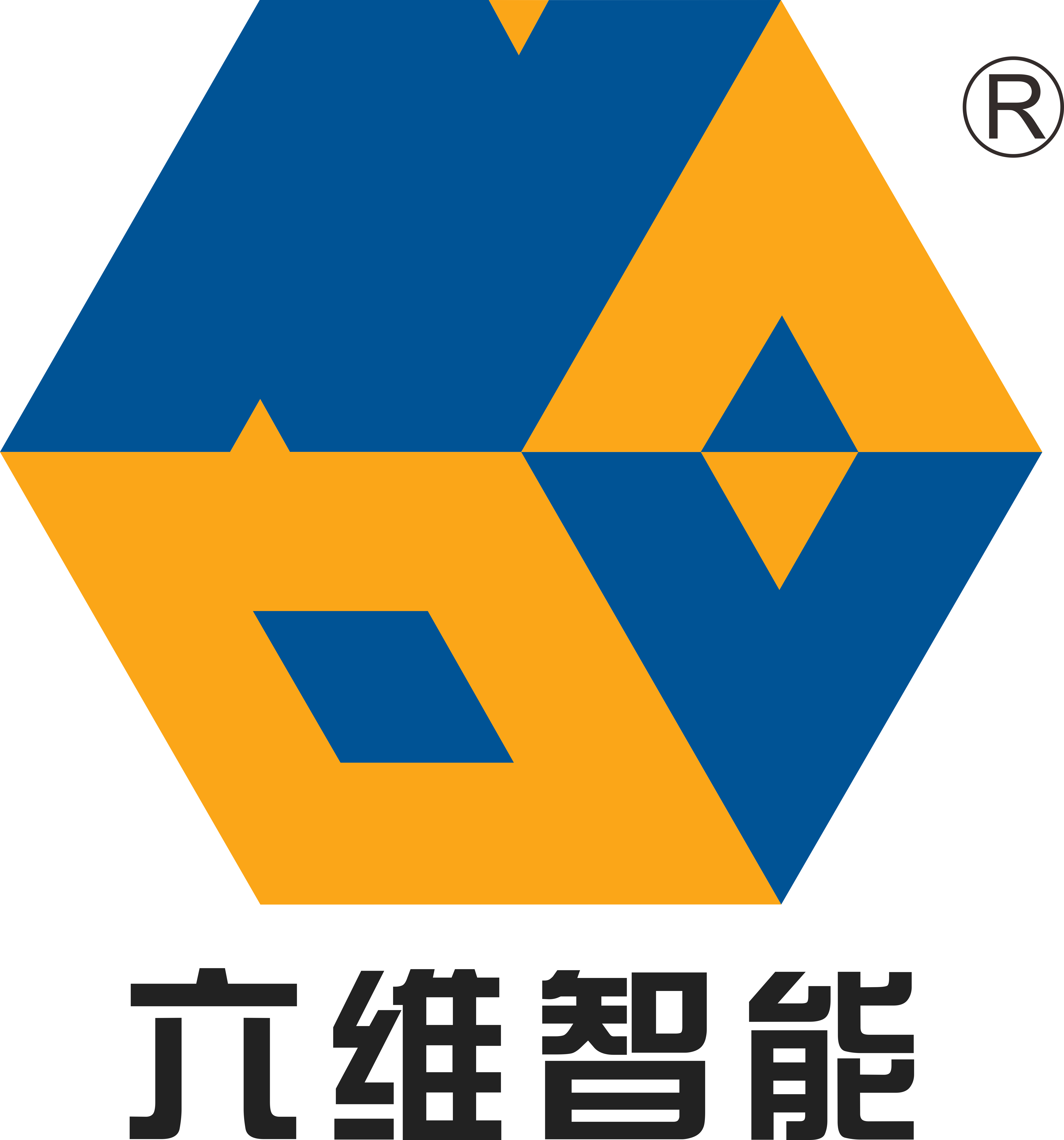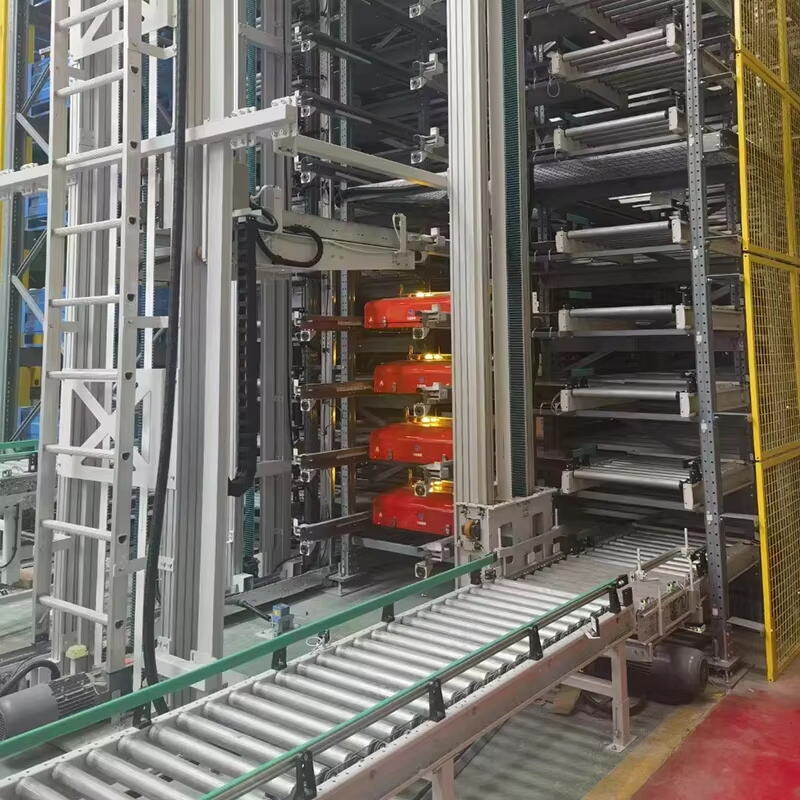What is an Automated Warehouse?
Defining Modern Warehouse Automation
Modern warehouse automation is revolutionizing how warehouses operate by integrating cutting-edge technologies like robotics, artificial intelligence (AI), and sophisticated software systems. These technologies streamline various warehouse functions such as inventory management, order picking, packing, and shipping to boost operational efficiency. Systems today are equipped to offer real-time data tracking and automatic inventory updates, significantly optimizing the supply chain process and minimizing errors. In essence, warehouse automation reduces the need for manual labor, allowing businesses to effectively manage their inventory and scale operations efficiently.
The Growing Importance in Supply Chain Management
The rise of e-commerce has necessitated the evolution of traditional warehousing into a more automated and efficient model to keep up with consumer expectations for fast, accurate deliveries. Industry reports suggest that automation can reduce order processing times by 30% to 50%, greatly enhancing supply chain performance. Moreover, automation allows companies to scale operations effortlessly, whether to handle peak demand or to adapt to market changes, without enduring substantial downtime. This scalability positions automated warehouses as critical assets in modern supply chain management, enabling businesses to remain competitive and responsive to consumer needs.
Key Benefits of an Automated Warehouse
Enhanced Operational Efficiency and Productivity
Automated warehouses significantly enhance operational efficiency and productivity by streamlining key processes such as picking, packing, and shipping. The deployment of automation technologies is proven to increase productivity within warehouses; studies indicate that a 25% to 40% increase in operational efficiency is achievable through such integration. Automated systems establish consistent workflows, minimize delays, and ensure better coordination across departments, allowing warehouses to meet higher order volumes with improved speed and accuracy. As a result, businesses can achieve seamless operations and optimize their throughput.
Reduced Labor Costs and Human Error
Automated systems help in reducing labor costs by diminishing the dependency on manual labor for repetitive and labor-intensive tasks. Approximately 60% of inaccuracies in order fulfillment stem from human error, a statistic that automation can substantially mitigate by taking over processes prone to errors. This transition from manual to automated work allows businesses to reallocate human resources to more strategic and value-added roles. For instance, employees can focus on intricate tasks that require human intervention rather than mundane, repetitive actions, facilitating a more innovative and efficient workforce.
Improved Inventory Accuracy and Order Fulfillment
Automated warehouses offer improved inventory accuracy and optimization of order fulfillment through real-time tracking systems. This technology ensures that inventory levels are updated continuously, reducing risks of stockouts or overstocks. Automation enhances order fulfillment accuracy, achieving over 99% reliability, which in turn boosts customer satisfaction through prompt and precise delivery. Furthermore, enhanced visibility into inventory allows businesses to make better demand forecasts and manage their stock more effectively. This capability aligns inventory management with actual market demands, cutting down unnecessary costs and enhancing service delivery.
Overall, the embrace of automated warehouse technologies presents transformative opportunities for operational improvement, and businesses adopting these solutions are well-positioned to navigate complex logistical landscapes with agility and efficiency.
Critical Considerations Before Implementing Automation
Evaluating Initial Investment and ROI Timelines
Before diving into warehouse automation, it is essential to understand the significant initial investment required, making a detailed cost-benefit analysis crucial. This analysis should consider factors such as equipment costs, software licensing, and potential savings from reduced labor and increased productivity. According to experts, automation projects generally aim for payback periods ranging from 2 to 5 years. This timeline ensures that the investment can yield positive returns within a reasonable period. Identifying these milestones not only helps in financial planning but also in aligning the business's long-term strategic goals with automation benefits.
Assessing Operational Complexity and Business Fit
Understanding whether automation aligns with your operational complexity and business model is vital. Factors such as inventory size, order volume, and product diversity can influence the effectiveness of an automated system. It's not just about having sophisticated technology but ensuring it fits seamlessly into existing operations. For instance, consulting with automation experts can offer valuable insights on the scalability and adaptability of proposed systems. This can prevent costly misalignments and ensure the technology addresses the specific needs of the business. This strategic approach helps businesses to avoid investing in automation solutions that do not align with their operational needs or future projections.
Scalability: Growing with Automated Systems
Adapting to Increasing Order Volumes
Scalability is a significant advantage of automated warehouses, allowing businesses to efficiently handle increased order volumes, specifically during peak periods. Automated systems, such as robots and automated storage and retrieval systems (AS/RS), help streamline operations, facilitating a smooth adaptation to spikes in demand. For instance, during high-demand seasons like Black Friday, automation ensures warehouses can manage sudden surges without compromising efficiency. Furthermore, automated systems enable enterprises to expand into new markets or product lines without the risk of overwhelming their existing resources. A pivotal element of scalability is the utilization of data-driven insights generated by these systems, empowering businesses to make proactive adjustments in capacity planning, thus ensuring readiness for any demand fluctuation.
Flexible Solutions for Future Expansion
When considering future growth, modular automation solutions present a flexible pathway for businesses to enhance their current systems incrementally. This incremental approach to expansion ensures that a business can grow steadily without large-scale disruptions to existing operations. Moreover, these flexible solutions effortlessly integrate with emerging technologies like Artificial Intelligence (AI) and the Internet of Things (IoT), equipping businesses with the tools necessary for future challenges and opportunities. Therefore, strategically investing in scalable systems not only supports immediate operational needs but also positions businesses for long-term success and resilience in a rapidly changing market environment. Embracing this approach allows for sustained adaptability, crucial for maintaining a competitive edge.
Overcoming Implementation Challenges
Navigating Technical Integration Hurdles
Integrating new automated systems with existing IT infrastructure can be a daunting task for many companies. The complexity involved often introduces significant technical challenges, making it crucial to invest in skilled IT professionals who can ensure a seamless integration process and minimize potential operational disruptions. A strategy often adopted is conducting a pilot project before a full-scale rollout. This approach helps to identify any potential technical issues early, allowing companies to devise effective solutions and enhance the chances of a successful implementation. By addressing such hurdles upfront, businesses can better position themselves to benefit from automated warehouse systems.
Ensuring Proper Maintenance and Workforce Training
Proper maintenance is essential to ensuring automated systems remain at peak performance, thus preventing costly downtimes and extending the lifespan of equipment. But maintenance alone isn't enough; investing in comprehensive workforce training is equally important. By ensuring staff are well-prepared to operate and maintain these new systems, companies can avoid inefficiencies and technical issues. Continuous education programs play a key role here, keeping staff up-to-date with the latest advancements in automation technology. By aligning maintenance protocols and workforce training, businesses can maximize the return on their investment in automation while cultivating a skilled workforce ready to handle future developments.
Conclusion: Is Automation Right for Your Business?
Key Indicators It's Time to Automate
For many businesses, certain key indicators can highlight when it's the right time to consider automation. Businesses grappling with chronic order fulfillment issues, frequent customer complaints, or high operational costs might become prime candidates. Additionally, if a business experiences a noticeable growth in order volumes or observes signs of employee burnout, these can signal the need to implement automated systems to improve efficiency and employee well-being. Routine assessments of operational metrics, such as throughput time and accuracy, can help identify optimal periods to transition toward automation. Such assessments ensure that businesses remain competitive and meet evolving market demands effectively.
Strategic Planning for Successful Adoption
Successful adoption of automation technologies hinges on a solid strategic plan. This plan should clearly outline the objectives and expected outcomes of automation investment. Engaging stakeholders early in the process can help to harmonize expectations and garner the essential support necessary for significant investments, paving the path toward successful implementation. Periodical reviews and updates to the automation strategy are paramount to maintaining its relevance as both businesses and technology landscapes continuously evolve. This adaptive approach ensures the strategy remains aligned with overarching business goals and adapts to emerging technological advancements, facilitating smooth transitions and maximizing potential benefits.
Frequently Asked Questions (FAQ)
What is the primary advantage of an automated warehouse?
The primary advantage of an automated warehouse is improved operational efficiency and productivity. Automation significantly streamlines operations, reducing the need for manual labor and minimizing human errors.
How does warehouse automation impact labor costs?
Warehouse automation reduces labor costs by minimizing dependency on manual labor for repetitive tasks. It allows for reallocating human resources to strategic roles that add value to the business.
Is warehouse automation suitable for all types of businesses?
Warehouse automation is not one-size-fits-all. It is important for businesses to evaluate their operational complexity, order volume, and inventory size to determine if automation is a suitable fit.
What are common challenges when implementing automated systems?
Common challenges include technical integration with existing infrastructure, high initial costs, and the need for comprehensive workforce training to operate and maintain the systems effectively.

